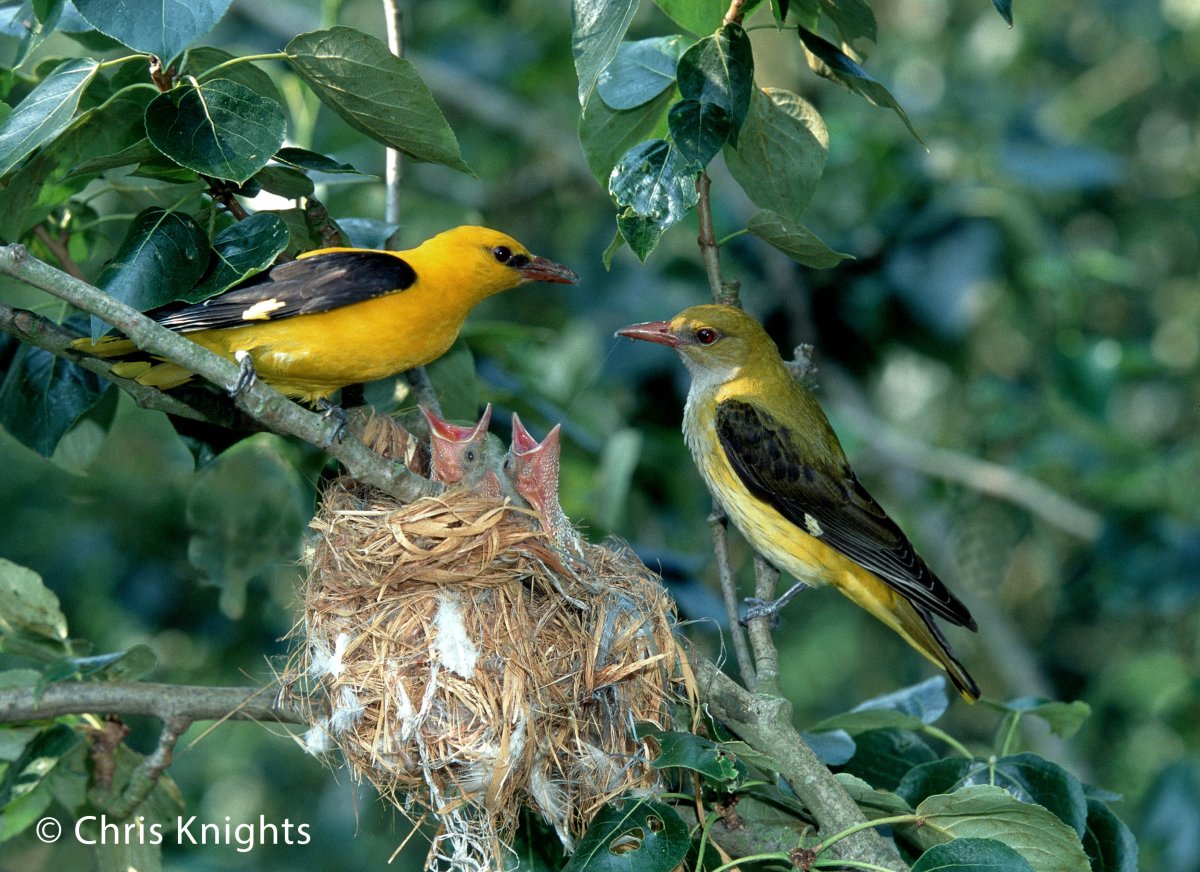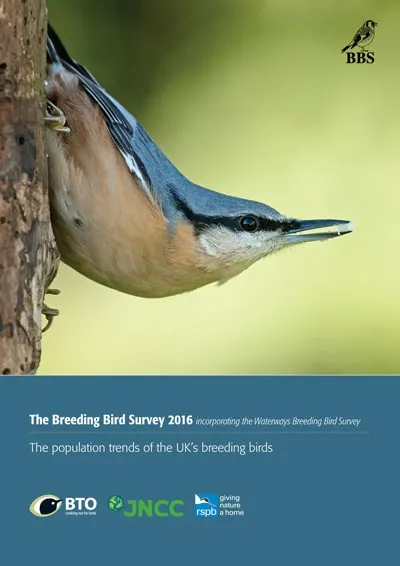BTO create and publish a variety of important articles, papers, journals and other publications, independently and with our partners, for organisations, government and the private sector. Some of our publications (books, guides and atlases) are also available to buy in our online shop.
Annual report of the Seabird Monitoring Programme
Seabird Population Trends and Causes of Change: 1986–2023
This report presents the latest seabird population trends in breeding abundance and productivity using data from the Seabird Monitoring Programme (SMP).
The report documents changes in the abundance and productivity of breeding seabird species in Britain and Ireland from 1986 to 2023, and provides a detailed account of the 2021, 2022 and 2023 breeding seasons.

Search settings
The risk of extinction for birds in Great Britain
Author: Stanbury, A., Brown, A., Eaton, M., Aebischer, N., Gillings, S., Hearn, R., Noble, D., Stroud, D. & Gregory, R.
Published: 2017
The UK has lost seven species of breeding birds in the last 200 years. Conservation efforts to prevent this from happening to other species, both in the UK and around the world, are guided by species’ priorities lists, which are often informed by data on range, population size and the degree of decline or increase in numbers. These are the sorts of data that BTO collects through its core surveys.
01.09.17
Papers

Flight Lines: Tracking the wonders of bird migration
Author: Mike Toms
Published: 2017
This stunning new book brings together the latest research findings, delivered through an accessible and engaging narrative by the BTO's Mike Toms, with the wonderful artwork generated through the BTO/SWLA Flight Lines project. If you have an interest in our summer migrants, then you'll welcome this fantastic opportunity to discover their stories through art and the written word.
21.08.17
Books and guides
Bird Photographer of the Year 2017
Author:
Published: 2017
This beautiful book accompanies the photographic competition celebrating some of the best bird photography of the year.
19.08.17
Books and guides
The Breeding Bird Survey 2016
Author: Harris, S.J., Massimino, D., Gillings, S.E., Eaton, M.A, Noble, D.G., Balmer, D.E., Procter, D. & Pearce-Higgins, J.W.
Published: 2017
10.08.17
Reports BBS Report

Predicting the impacts of wind farms on seabirds: An individual-based model
Author: Warwick-Evans, V., Atkinson, P.W., Walkington, I. & Green, J.A.
Published: 2017
1. Individual-based models (IBMs) are a powerful tool in predicting the consequences of environmental change on animal populations and supporting evidence-based decision making for conservation planning.2. There are increasing proposals for wind farms in UK waters and seabirds are a vulnerable group, which may be at risk from these developments.3. We developed a spatially explicit IBM to investigate the potential impacts of the installation of wind farms in the English Channel and North Sea on body mass, productivity and mortality of a breeding population of Northern gannets for which we have tracking data.4. A baseline model with no wind farms accurately represented the status of a sample of tracked gannets at the end of the 90-day chick-rearing period, and the behaviourtime budget was similar to that of tracked gannets.5. Model simulations in the presence of wind farms indicated that installations should have little impact on the gannet population, when either avoidance behaviour or collision risk scenarios were simulated. Furthermore, wind farms would need to be ten times larger or in more highly used areas in order to have population-level impacts on Alderney’s gannets.6. Synthesis and applications. Our spatially explicit individual-based models (IBM) highlight that it is vital to know the colony-specific foraging grounds of seabirds that may be impacted, when identifying potential wind farm sites, in order to account for cumulative impacts from multiple sites. Avoiding areas highly used for foraging and commuting, and avoiding large-scale developments should be effective in limiting gannet mortality as a result of collision, competition and energy expenditure. Our IBM provides a robust approach which can be adapted for other seabird populations or to predict the impacts from other types of spatial change in the marine environment.
10.08.17
Papers